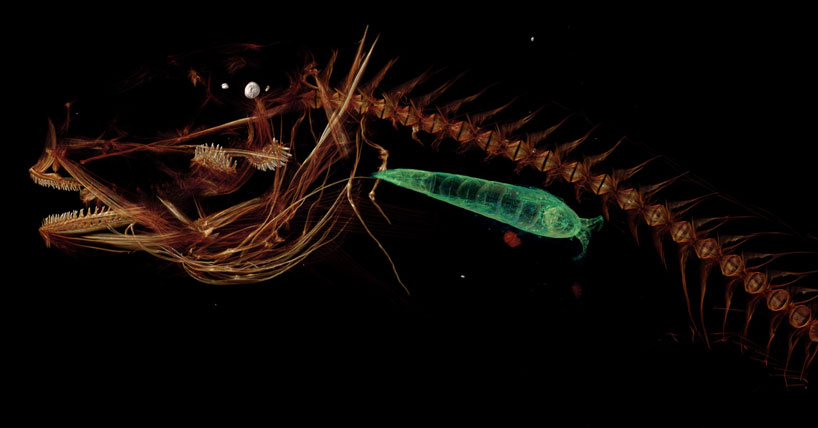WoRMS
Deepest fish in the ocean comes out on top
Published on: 26 April 2018
A new species of fish discovered 8,000 metres down has been named one of the most remarkable new species of 2017 by the World Register of Marine Species.
The Mariana snailfish (Pseudoliparis swirei) – was discovered by scientists from Newcastle University and the University of Washington and is officially the deepest fish in the ocean, thriving at depths of up to 8,000 meters (26,200 feet) along the Mariana Trench near Guam.
Featured on episode two of the BBC’s Blue Planet II, the Mariana snailfish doesn’t look like it could survive in harsh conditions thousands of feet below the surface.
Instead of giant teeth and a menacing frame, the fishes that roam in the deepest parts of the ocean are small, translucent, bereft of scales — and highly adept at living where few other organisms can.
Now this curious animal has been named one of the top 10 most remarkable species of 2017.
Newcastle University’s Dr Thom Linley, who made the discovery with Dr Mackenzie Gerringer from the University of Washington, said:
“I try to stay objective but after watching tens of hours of these animals I have to say it’s a very cute fish with a lot of personality. They are a lot tougher than they look. We need to use thick stainless steel housings and sapphire glass to film an animal that happily shrugs off that enormous pressure.”

Deepest fish in the ocean
Snailfish are found at many different depths in marine waters around the world. In deep water, they cluster together in groups and feed on tiny crustaceans and shrimp using suction from their mouths to gulp prey.
Little is known about how these fish can live under intense water pressure; the pressure at those depths is similar to an elephant standing on your thumb.
This new species appears to dominate parts of the Mariana Trench, the deepest stretch of ocean in the world that is located in the western Pacific Ocean.
During research trips in 2014 and 2017, scientists collected 37 specimens of the new species from depths of 6,900 to 8,000 m. DNA analysis and 3-D scanning to analyse skeletal and tissue structures helped researchers determine they had found a new species.
Since then, a research team from Japan has recorded footage of the fish swimming at depths of 8,178 m, the deepest sighting so far.
“Snail fishes have adapted to go deeper than other fish and can live in the deepest trenches,” explains Dr Linley. “At these depths they are free of predators.
“There are lots of invertebrate prey and the snailfish are the top predator which means they are quite active and appear to be very well-fed.”
A decade of WoRMS
Pseudoliparis swirei is named for an officer on the HMS Challenger, the 1870s British expedition that discovered numerous new species and led to the initial discovery of the Mariana trench.
Challenger officer Herbert Swire, a navigational sub-lieutenant, published journals from the journey.
"We named this fish after him in acknowledgment of the crews that serve on oceanographic research vessels," explains Dr Gerringer, a postdoctoral researcher at the University of Washington’s Friday Harbor Laboratories and co-author with Dr Linley on the academic paper where the new species was described.
Marking a decade since the World Register of Marine Species (WoRMS) was established, last year 21,554 new marine species were described and added to the register.
In total, 242,500 marine species have been described and their names are managed in the World Register of Marine Species (WoRMS) by almost 300 scientists located all over the world.
As well as the Mariana snailfish, this year’s winners include the Harry Potter ‘hero’ crab, Bob Marley’s intertidal spider and the invasive ‘spiderman’ worm snail.
Newcastle lander technology
Only a handful of researchers have explored the Mariana Trench, and few comprehensive surveys of the trench and its inhabitants have been completed because of its depth and location.
The footage of the snailfish was captured using lander technology – designed and developed by Newcastle University’s Dr Alan Jamieson, also a co-author on the original study.
It can take four hours for a trap to sink to the bottom and after waiting an additional 12 to 24 hours, the researchers send an acoustic signal to the trap, which releases weights and the lander rises to the surface with the help of floatation. This allows the team to catch fish specimens and take video footage of life at the bottom of the ocean.



